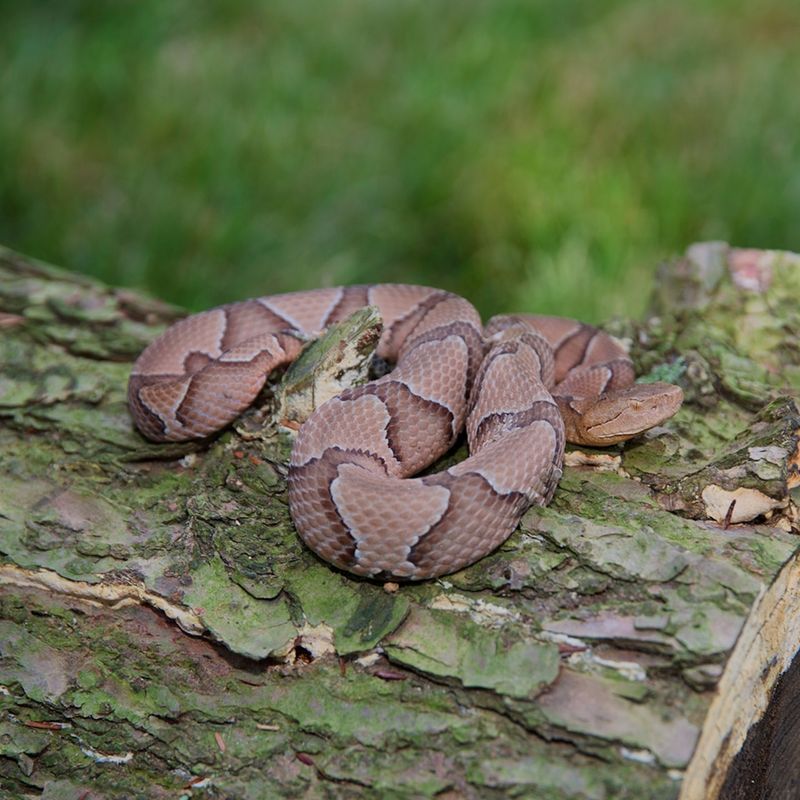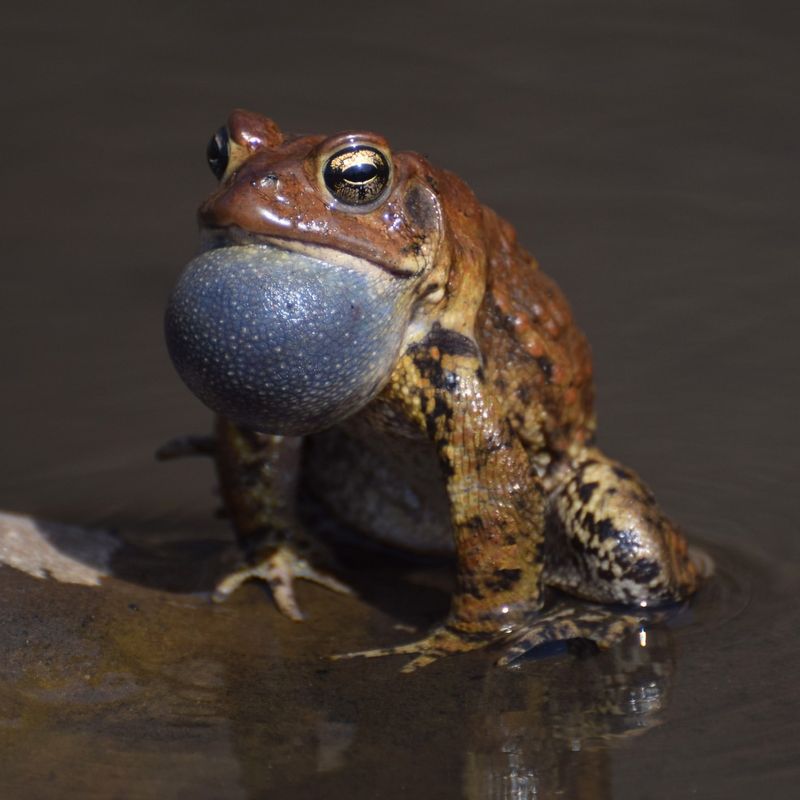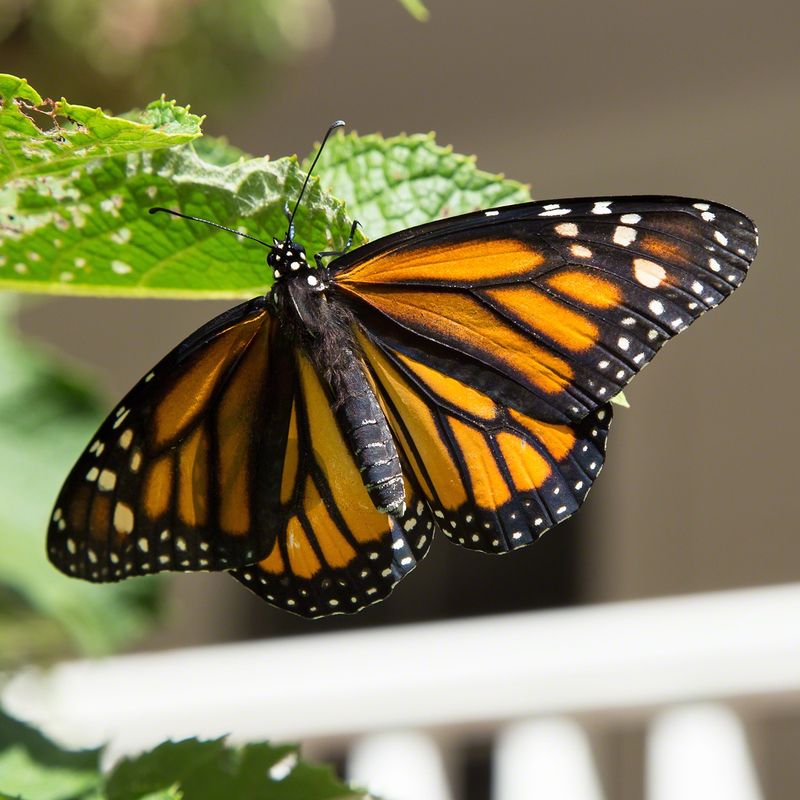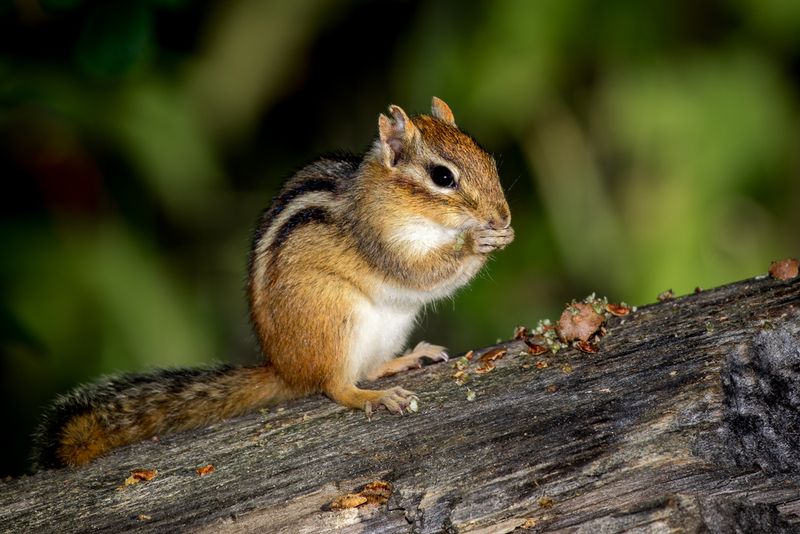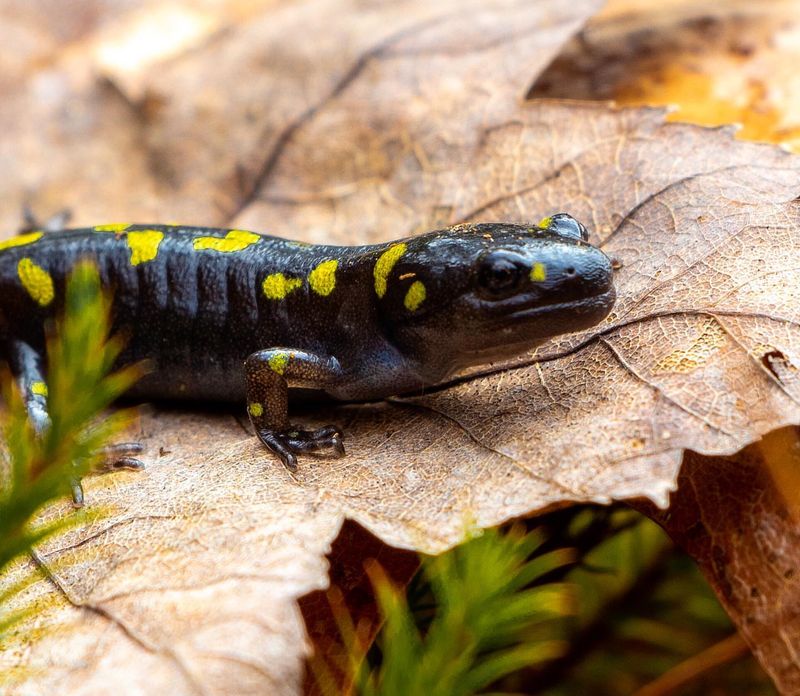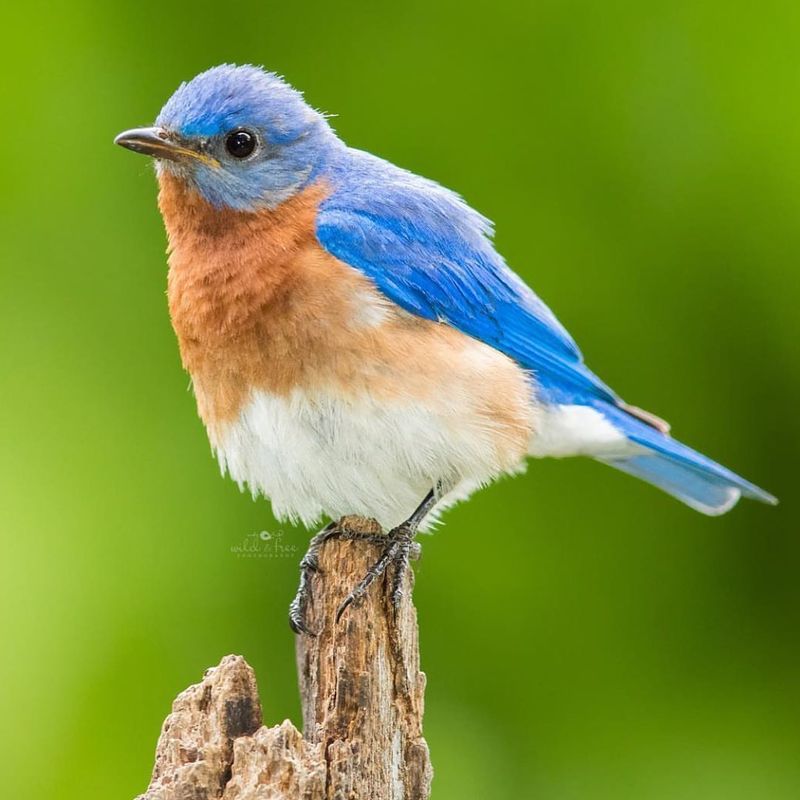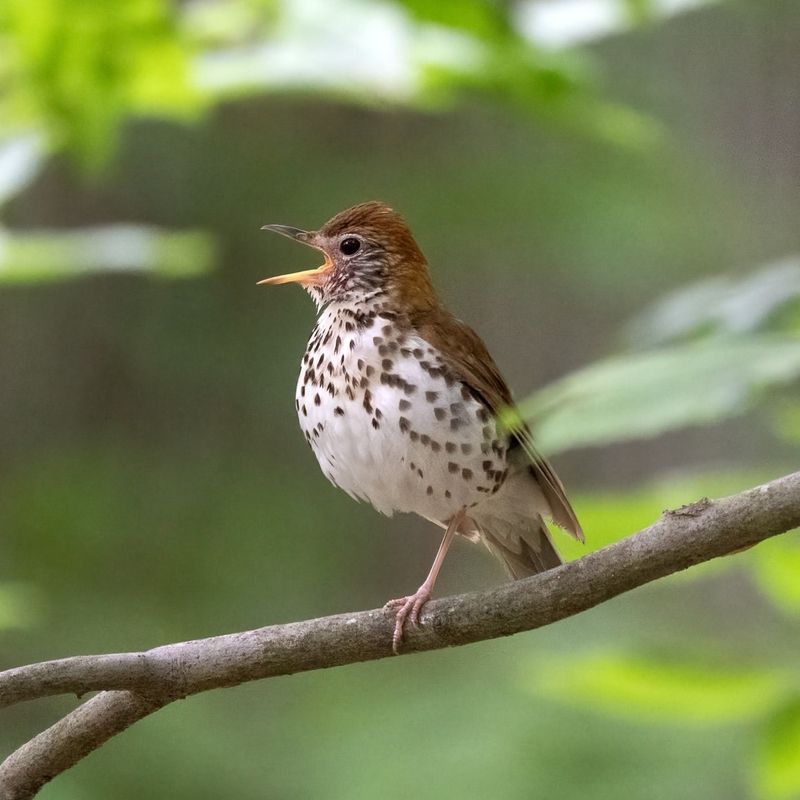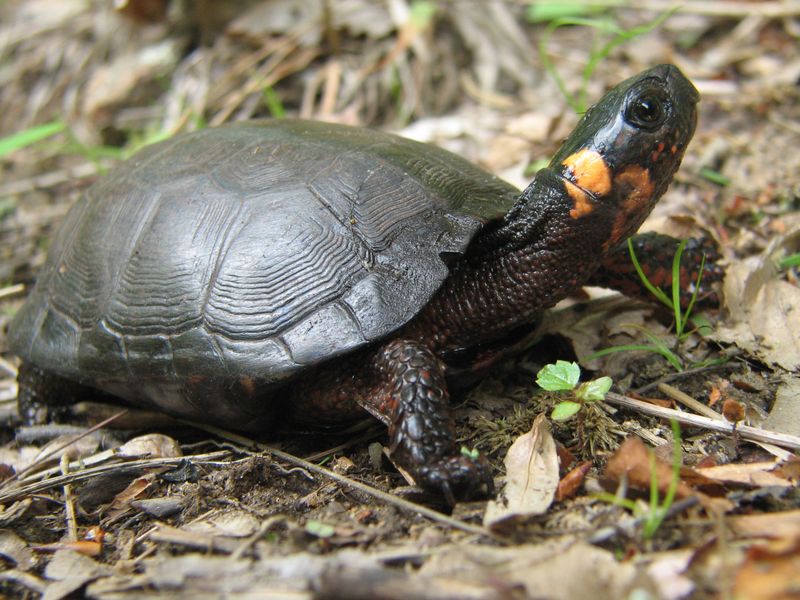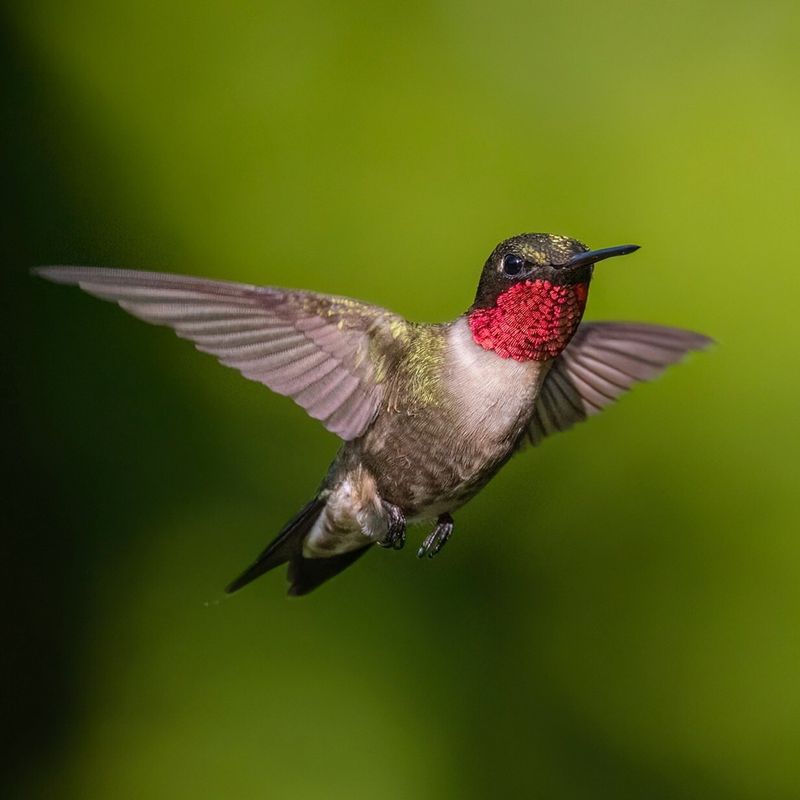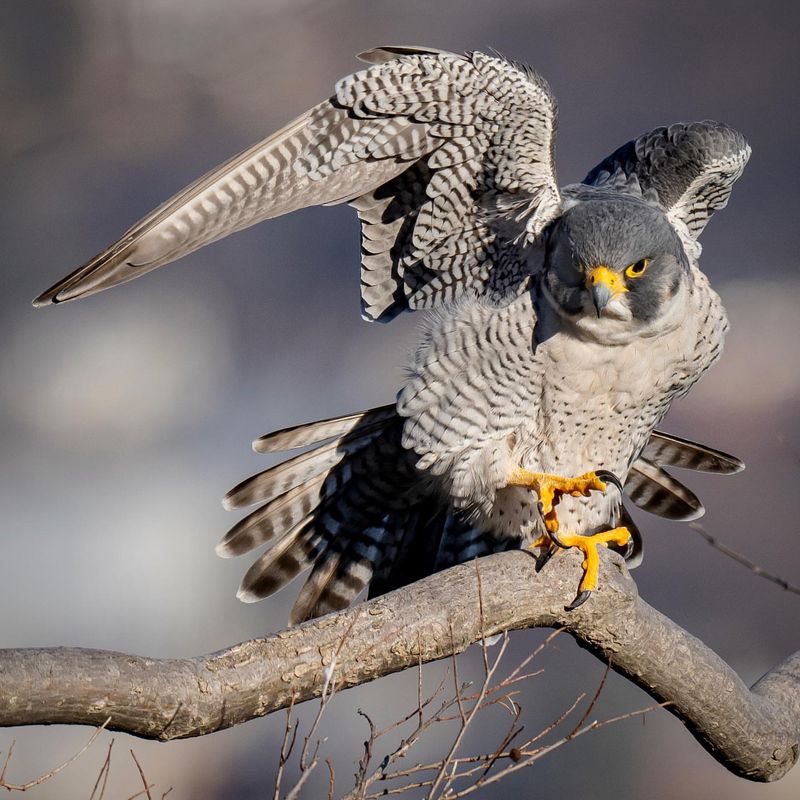New Jersey backyards are full of unexpected wildlife, many of which are protected by law. Knowing which animals you can’t legally remove helps you stay out of trouble. It also supports the health of your local ecosystem.
From songbirds to salamanders, these creatures do more than just look charming. They help control pests, pollinate plants, and keep nature in balance. Removing them can disrupt this delicate harmony.
By respecting these protections, homeowners play a key role in conservation. It’s a simple way to keep your garden thriving—and your conscience clear. Nature wins, and so do you.
1. Eastern Box Turtle
Spotting these dome-shelled reptiles in your garden is a rare treat, as their populations have declined significantly across New Jersey. Their distinctive yellow-orange patterns make them stand out against garden greenery.
Under state law, it’s illegal to collect, relocate, or harm these gentle creatures. They help control garden pests naturally by feeding on slugs, snails, and insects that damage plants.
In my experience, they’re most active after summer rains, slowly patrolling garden edges. If you find one, simply enjoy observing it from a distance and let it continue its important ecological work.
2. Northern Copperhead Snake
Many gardeners panic upon seeing these copper-colored reptiles, but they deserve protection despite their venomous nature. They maintain crucial rodent control in New Jersey landscapes, preventing damage to garden roots and structures.
State law prohibits killing these snakes unless there’s immediate danger. Most bites occur when people try to handle or kill them, not during chance encounters in the yard.
Last summer, one basked near my compost pile for weeks without incident. Keeping a respectful distance is the best approach – they typically avoid humans and prefer to slip away unnoticed.
3. Great Horned Owl
Those haunting hoots echoing through New Jersey neighborhoods at dusk signal nature’s most effective rodent control program. Federal laws strictly protect these magnificent birds under the Migratory Bird Treaty Act.
Removing or disturbing their nests is prohibited, even if they’ve settled in your yard. The natural pest management they provide is invaluable – one family of owls can consume thousands of mice and rats annually.
For years, a pair nested in the pine behind my garden shed. Their presence virtually eliminated my rodent problems while adding a touch of wild majesty to suburban living.
4. American Toad
Garden allies through and through, these warty amphibians consume vast quantities of insects that would otherwise damage your plants. Their distinctive trilling calls fill spring evenings across New Jersey neighborhoods.
Protected under state wildlife regulations, these toads face declining populations due to habitat loss and pesticide use. Creating toad-friendly garden spaces with shallow water features and damp, sheltered areas helps support their survival.
The family that moved under my porch steps devoured slugs that once ravaged my hostas. Their natural pest control services make them worth accommodating in any garden landscape.
5. Monarch Butterfly
These iconic orange and black insects have recently gained special protected status in New Jersey due to alarming population declines. Their remarkable migration journey makes them ecological marvels worth preserving in our landscapes.
Removing their caterpillars or destroying milkweed plants where they lay eggs now carries potential penalties. Many Garden State homeowners actively create monarch sanctuaries by planting native milkweed varieties.
I’ve transformed a corner of my yard into a monarch waystation. Watching the caterpillars transform into chrysalises and eventually emerge as butterflies connects us directly to nature’s most magical processes.
6. Red-tailed Hawk
Majestic guardians of New Jersey skies, these raptors often perch prominently on tall trees or posts, surveying yards for prey. Their distinctive screech is frequently used as the generic “eagle sound” in movies.
Federal protection makes disturbing these birds or their nests illegal, even when they hunt songbirds at your feeder. Their primary diet consists of rodents that would otherwise damage gardens and spread disease.
The pair that hunts over my neighborhood keeps squirrel populations in check naturally. Their soaring silhouettes against blue skies remind us that even suburban landscapes remain part of wild ecological systems.
7. Eastern Chipmunk
Contrary to popular belief, these striped ground dwellers enjoy protected status in New Jersey despite sometimes raiding garden bulbs. Their extensive burrow systems aerate soil and help spread beneficial mycorrhizal fungi throughout garden beds.
State regulations prohibit trapping or relocating them without proper permits. While they may sample tomatoes or strawberries, they also cache and forget thousands of tree seeds, effectively planting the next generation of native forests.
The family living along my stone wall provides endless entertainment with their antics. Creating designated feeding areas with sunflower seeds can redirect them from prized plantings.
8. Spotted Salamander
Hidden treasures beneath logs and rocks, these striking amphibians with yellow spots emerge on rainy spring nights for their annual breeding migration. Finding one in your yard indicates a healthy ecosystem with minimal chemical contamination.
New Jersey environmental regulations protect these secretive creatures and their woodland vernal pool habitats. They consume countless insects and their larvae, providing natural pest control benefits to nearby gardens.
After creating a small wildlife pond in my backyard, I was rewarded with these remarkable visitors. Maintaining leaf litter and avoiding chemical use in your landscape helps support their continued survival.
9. Eastern Bluebird
Brilliant blue flashes announce these beloved songbirds that have made a remarkable comeback in New Jersey thanks to conservation efforts. Their insect-hunting habits make them valuable allies for gardeners battling pests naturally.
Protected under federal migratory bird laws, disturbing their nests carries significant penalties. Many Garden State residents install specialized bluebird houses to attract these beneficial birds to their properties.
The family that returns to my nest box each spring consumes thousands of garden pests. Their sweet warbling songs provide a soundtrack to garden work while their vivid colors bring natural beauty to the landscape.
10. Little Brown Bat
Nighttime allies against mosquitoes and garden pests, these small mammals face serious threats from white-nose syndrome across New Jersey. A single bat can consume up to 1,000 mosquito-sized insects hourly, making summer evenings more enjoyable.
State and federal protections prohibit disturbing their roosts or harming these beneficial creatures. Installing bat houses provides alternative roosting sites if they must be excluded from attics or buildings.
The colony that established in the bat house on my garage devours insects that would otherwise plague my garden. Their evening emergence creates a fascinating natural spectacle worth sharing with curious neighbors.
11. Eastern Garter Snake
Slender and striped, these harmless reptiles help control slugs, grubs, and rodents that damage garden plants. Their presence indicates a healthy, pesticide-free environment that supports natural ecological balance.
New Jersey regulations protect native snakes, including these beneficial garden residents. Creating brush piles or rock features provides them shelter while they patrol for garden pests.
The resident garter snake beneath my garden shed keeps slug populations in check naturally. After years of gardening alongside them, I’ve come to appreciate their graceful movements and valuable ecological services they provide.
12. Wood Thrush
Ethereal flute-like songs echo through New Jersey woodlands from these declining songbirds that often nest in yard edges adjacent to wooded areas. Their haunting melodies have inspired poets and naturalists for generations.
Federal protections make disturbing these birds or their nests illegal. They help control forest and garden pests while their foraging activity spreads native plant seeds throughout the landscape.
The pair that nests in the wooded corner of my property returns faithfully each spring. Maintaining native understory shrubs and reducing lawn areas creates habitat corridors that support these remarkable musicians.
13. Bog Turtle
Among North America’s smallest and rarest turtles, these critically endangered reptiles occasionally appear in wet meadows and seeps on larger New Jersey properties. Their distinctive orange neck patches make identification straightforward.
Both state and federal laws provide strict protection with severe penalties for disturbance or collection. Properties supporting these rare turtles may qualify for conservation programs that offer tax incentives.
After discovering these remarkable creatures in my back wetland, I enrolled in a habitat stewardship program. Maintaining natural water flow patterns and avoiding invasive plant species helps preserve their specialized habitat requirements.
14. Ruby-throated Hummingbird
Jewel-like aerial acrobats, these tiny birds bring magic to New Jersey gardens while providing essential pollination services. Their iridescent feathers flash emerald and ruby as they dart between flowering plants.
Federal migratory bird protections make disturbing these birds or their walnut-sized nests illegal. Many gardeners create hummingbird-friendly landscapes with native flowering plants that provide natural nectar sources.
The female that builds her tiny nest in my crabapple tree returns annually after an incredible migration. Avoiding pesticides protects both the birds and the insect population they depend on for protein.
15. Carpenter Bee
Often mistaken for destructive pests, these large native bees with shiny black abdomens actually provide critical pollination services to New Jersey gardens. Unlike honeybees, they’re especially effective at pollinating tomatoes, eggplants, and other garden favorites.
Recent pollinator protection regulations discourage their removal from landscapes. While they can drill holes in untreated wood, they rarely cause structural damage and provide essential ecological services.
The population visiting my vegetable garden ensures abundant harvests every summer. Providing sacrificial untreated wood blocks gives them nesting sites away from valuable structures.
16. Pine Barrens Tree Frog
Emerald jewels of New Jersey’s specialized ecosystems, these striking amphibians sometimes appear in acidic wetlands and garden ponds in the southern part of the state. Their vibrant green coloration with purple markings makes them unmistakable.
State endangered species protections prohibit disturbing these rare frogs or their habitats. Creating naturalized ponds with native aquatic plants can provide suitable habitat in appropriate areas.
Finding these remarkable creatures calling from my backyard bog garden was a watershed moment in my gardening journey. Their presence confirms the success of habitat restoration efforts across fragmented landscapes.
17. Peregrine Falcon
Aerial hunters that have adapted to urban and suburban environments, these magnificent birds of prey sometimes hunt from tall trees or structures overlooking New Jersey yards. Their spectacular diving attacks can reach speeds over 200 mph.
Federal and state protections make disturbing these once-endangered birds illegal. Their recovery represents one of conservation’s greatest success stories after DDT nearly eliminated them.
The pair that hunts pigeons from the water tower near my community garden demonstrates nature’s resilience. Their presence keeps nuisance bird populations naturally controlled while adding wild drama to everyday landscapes.



